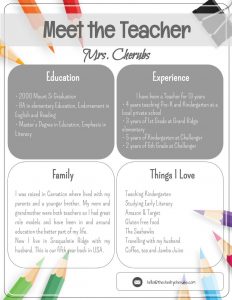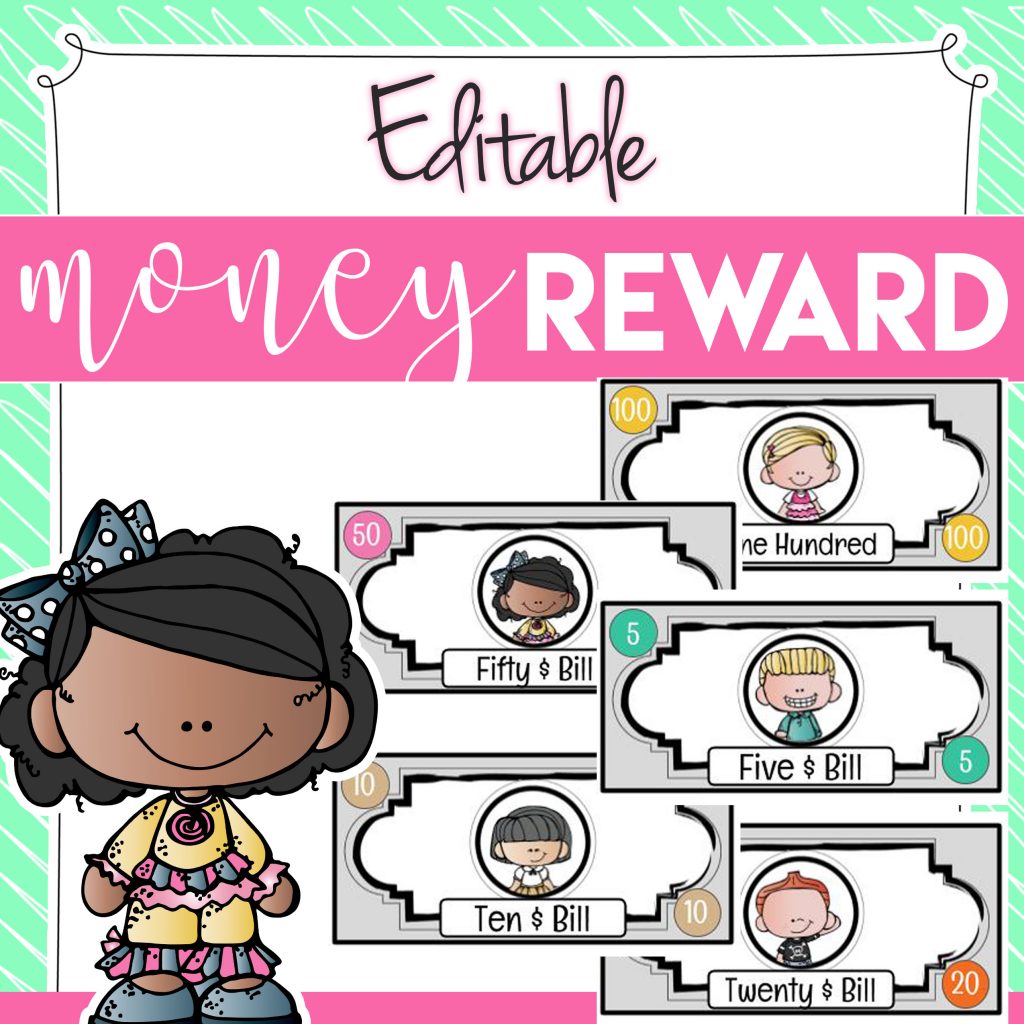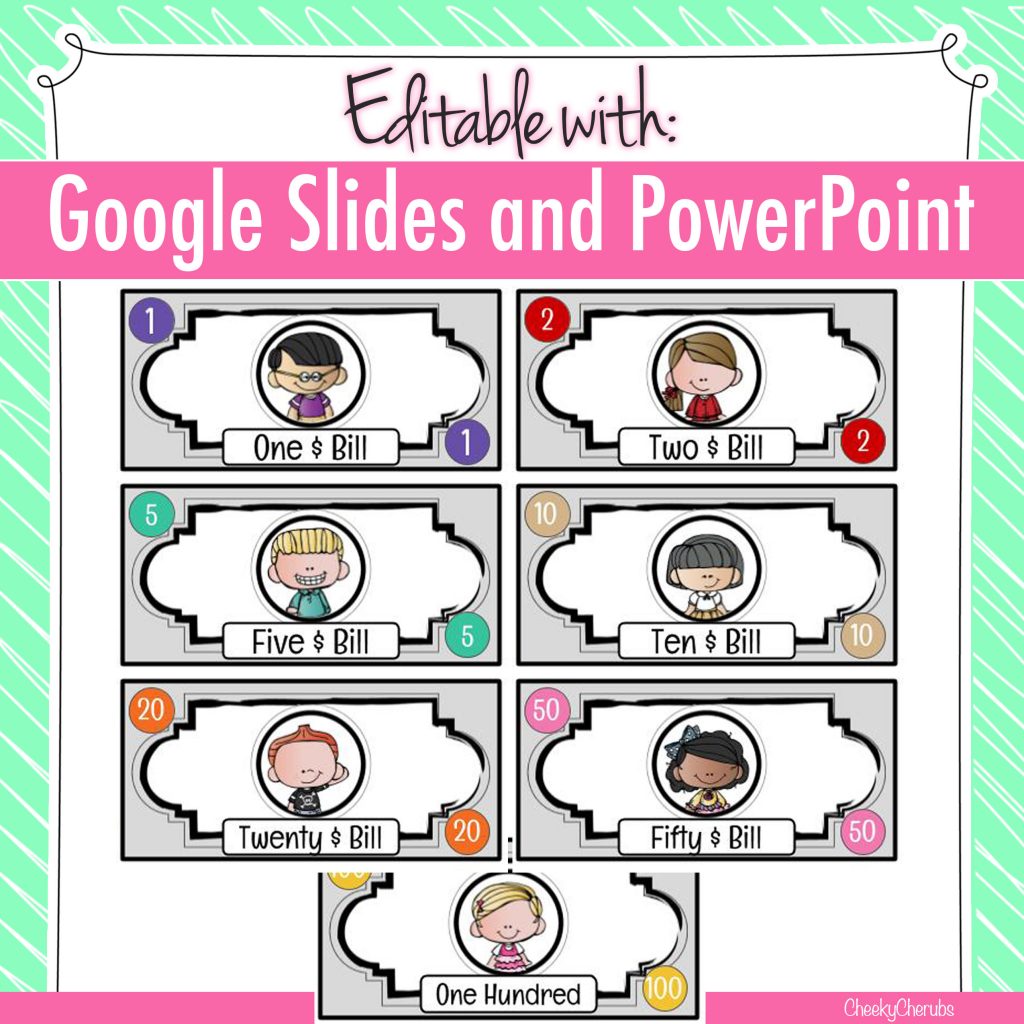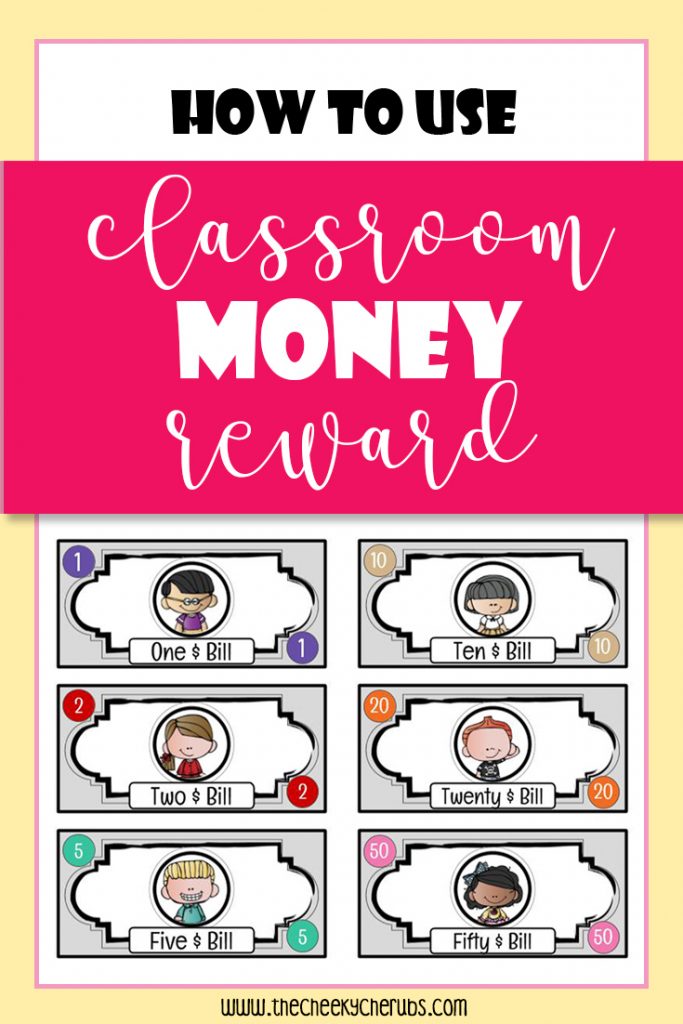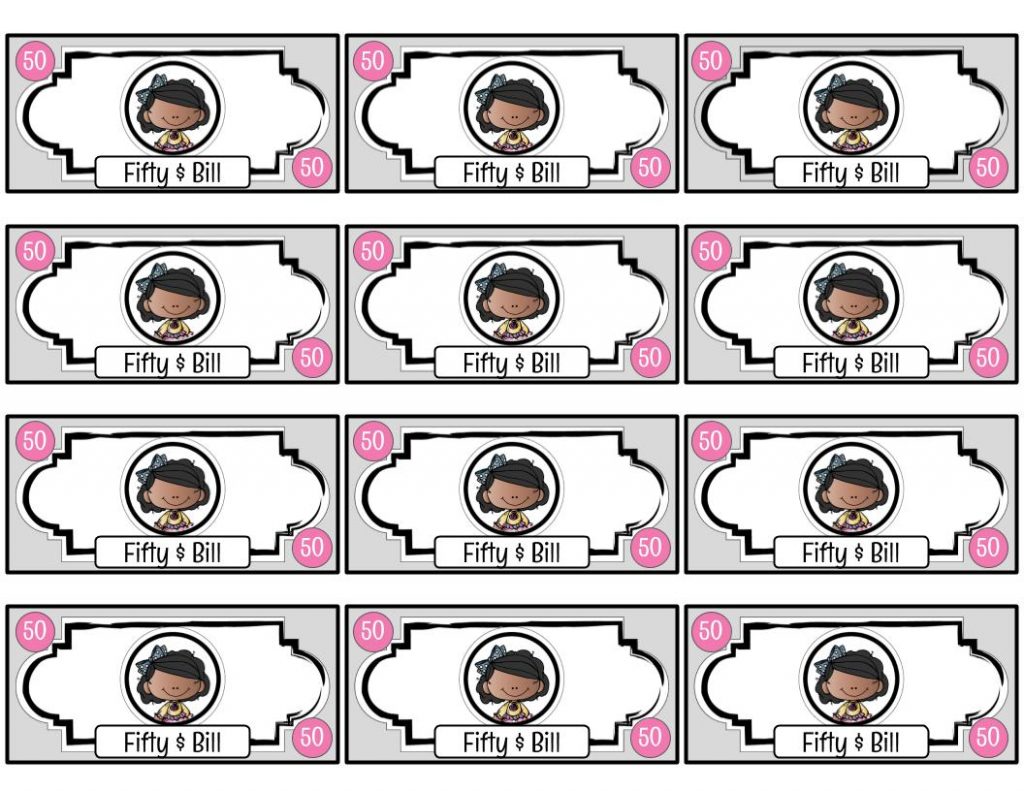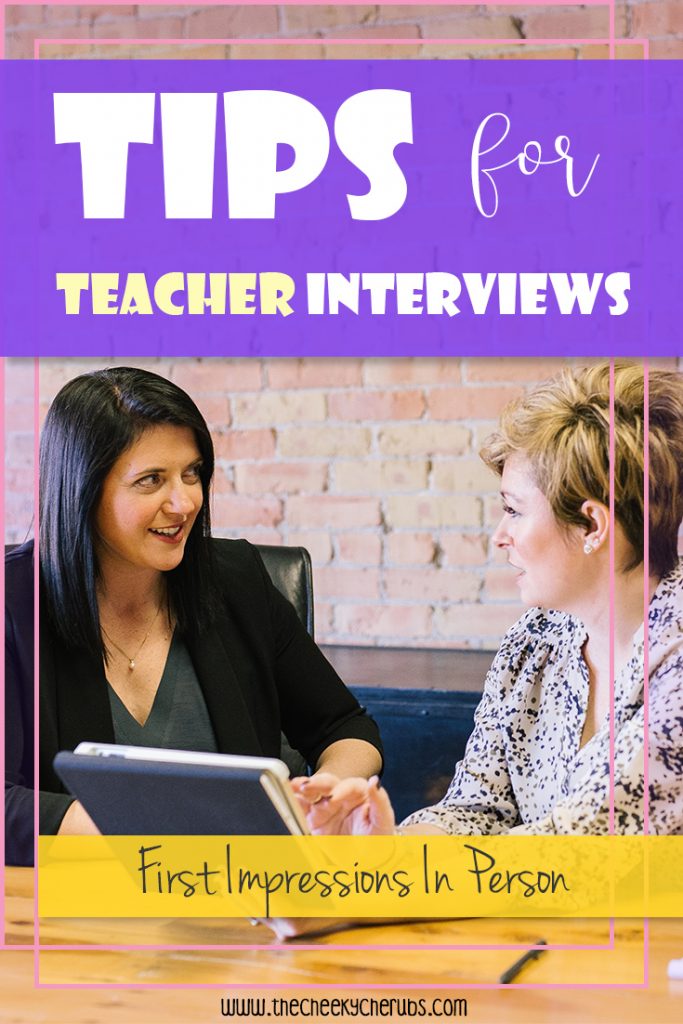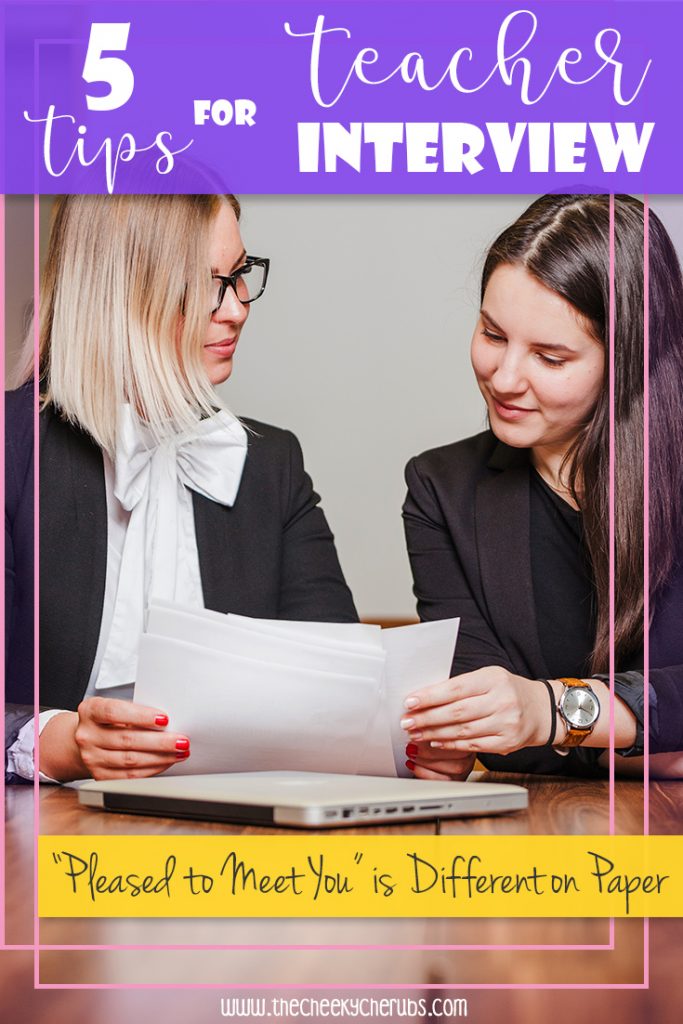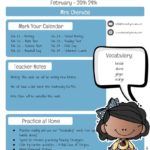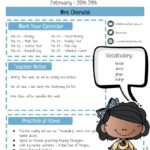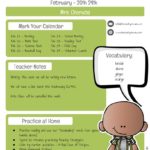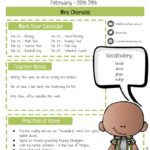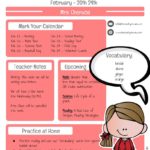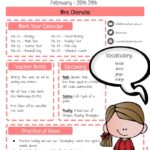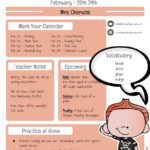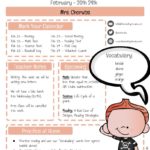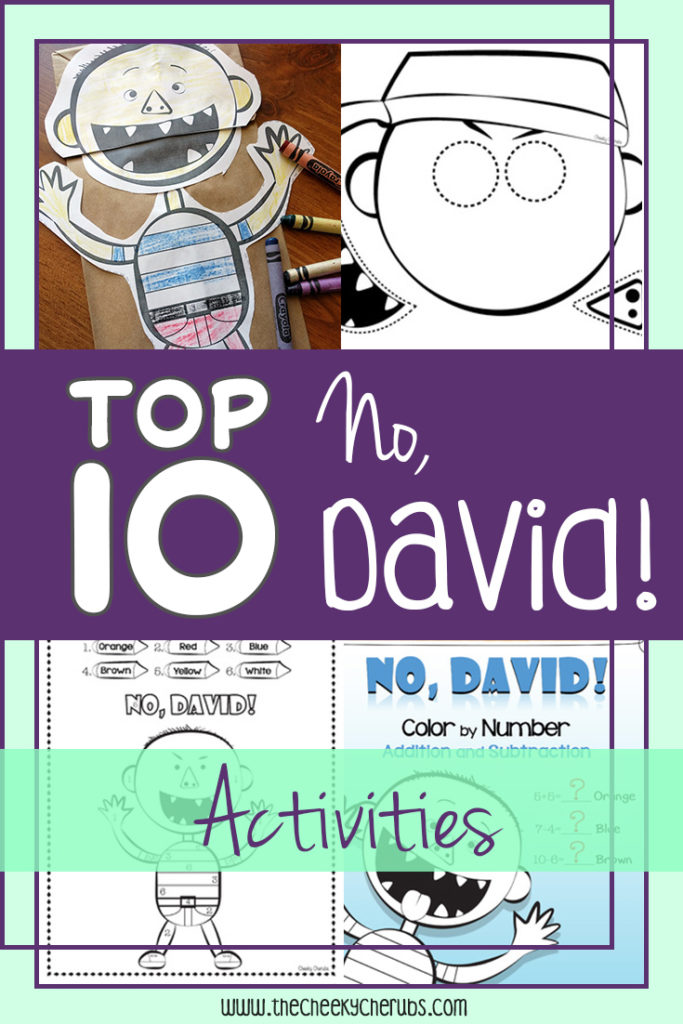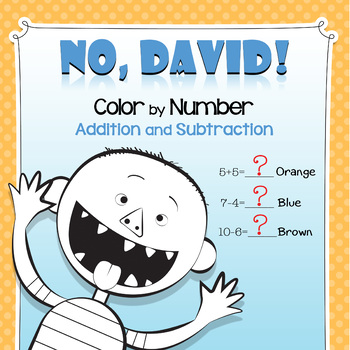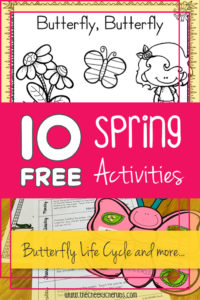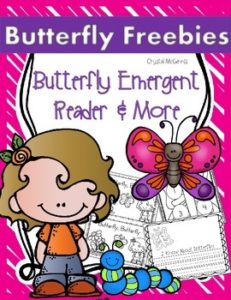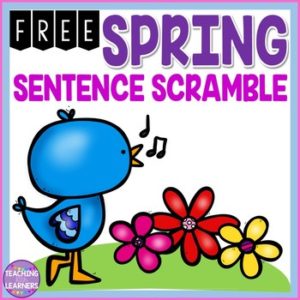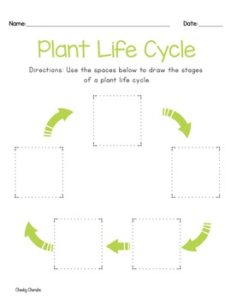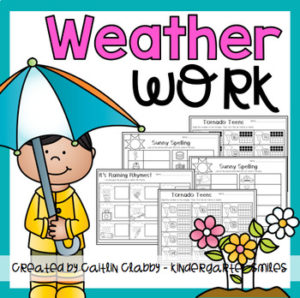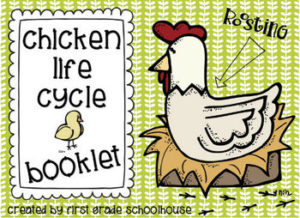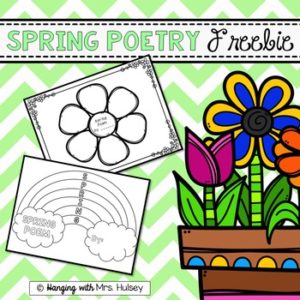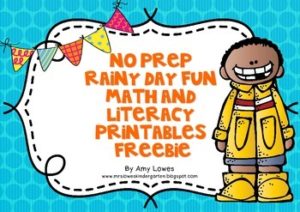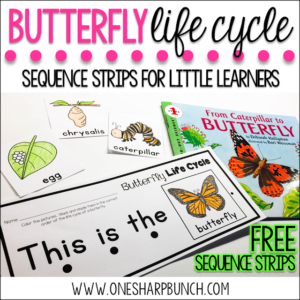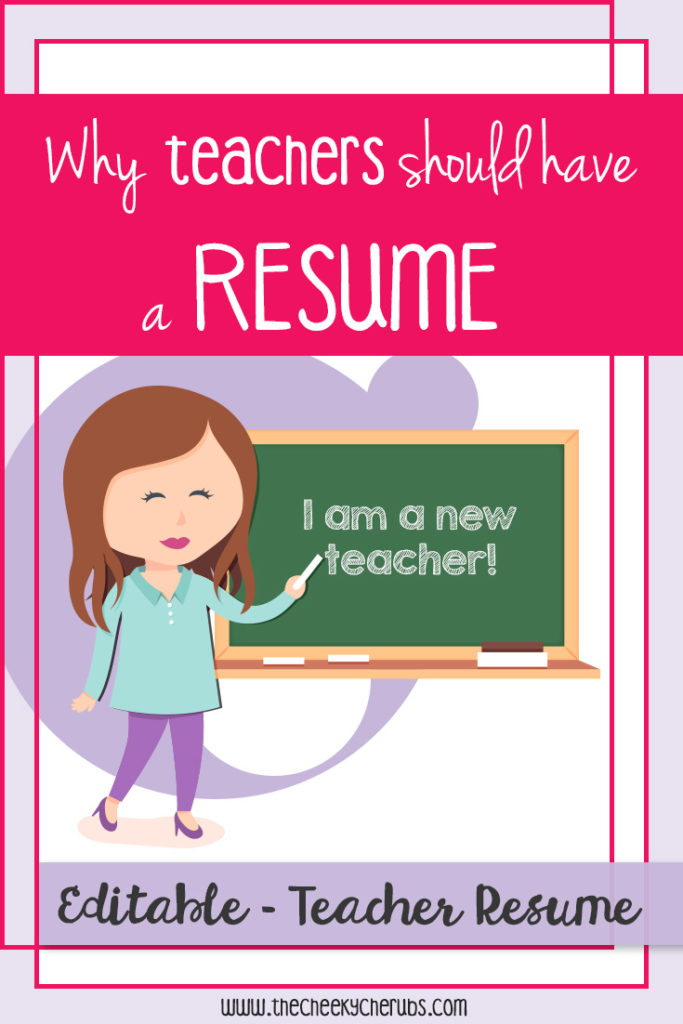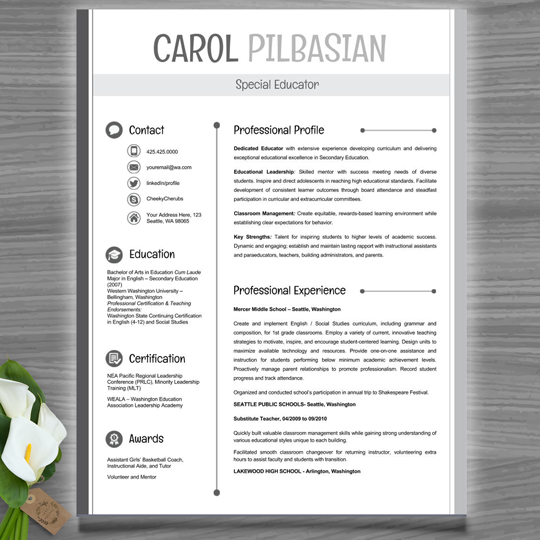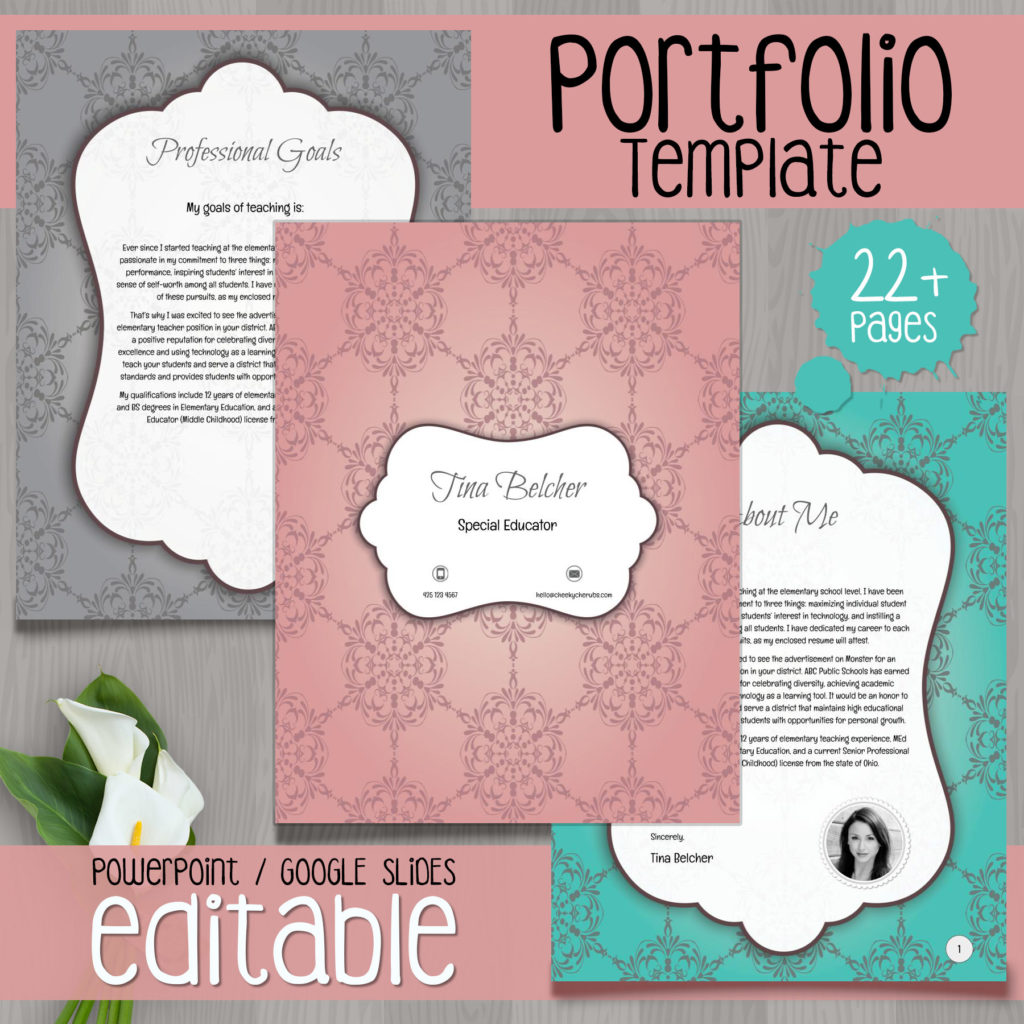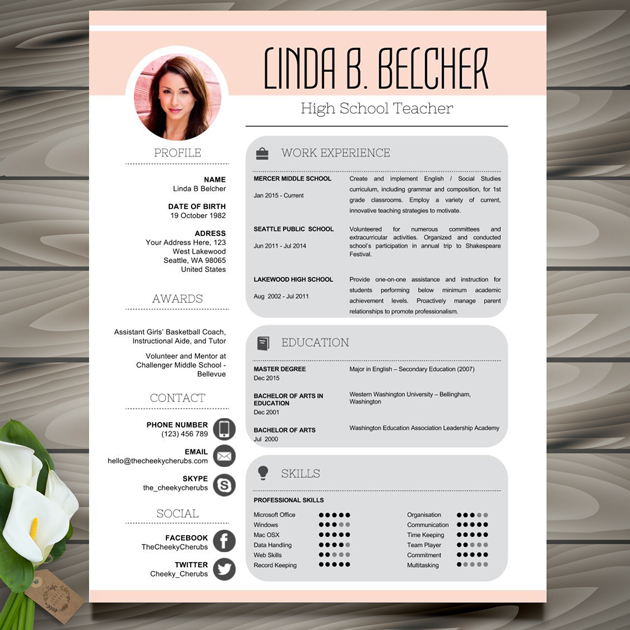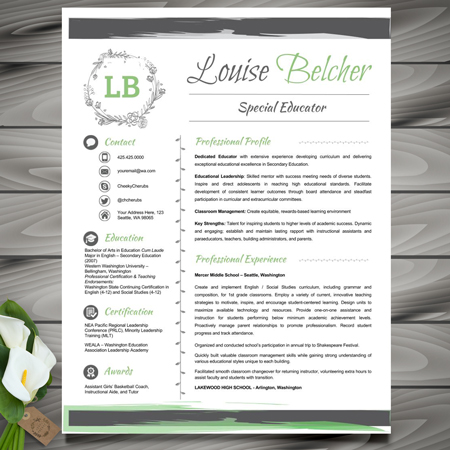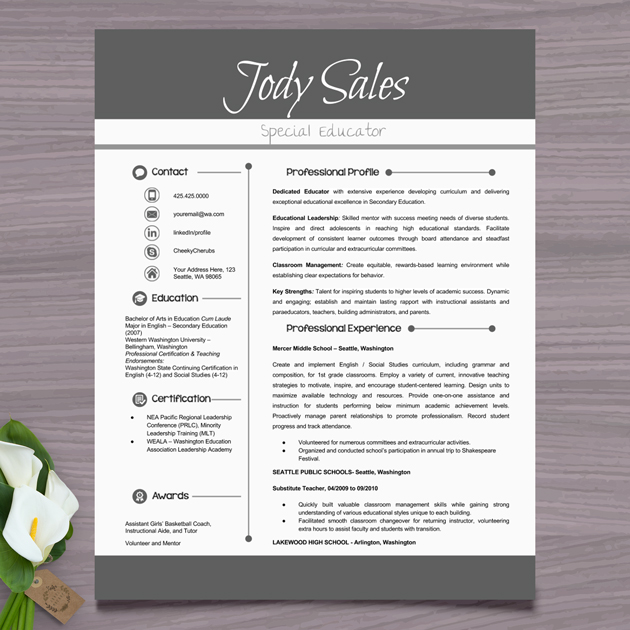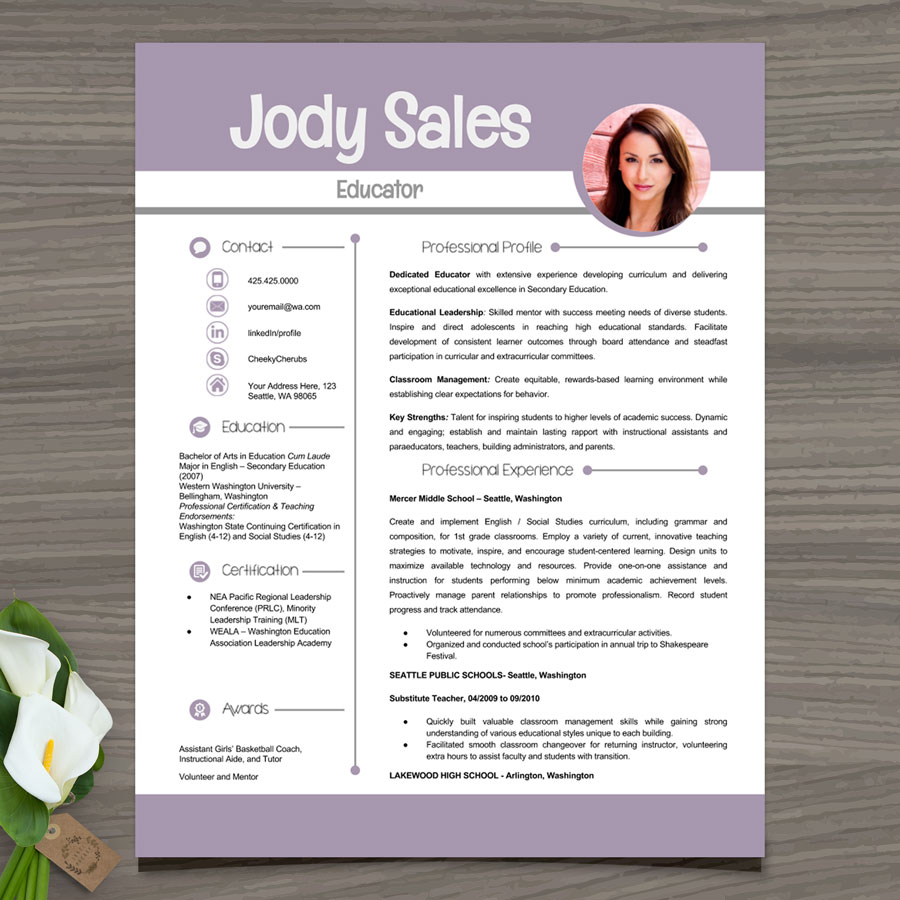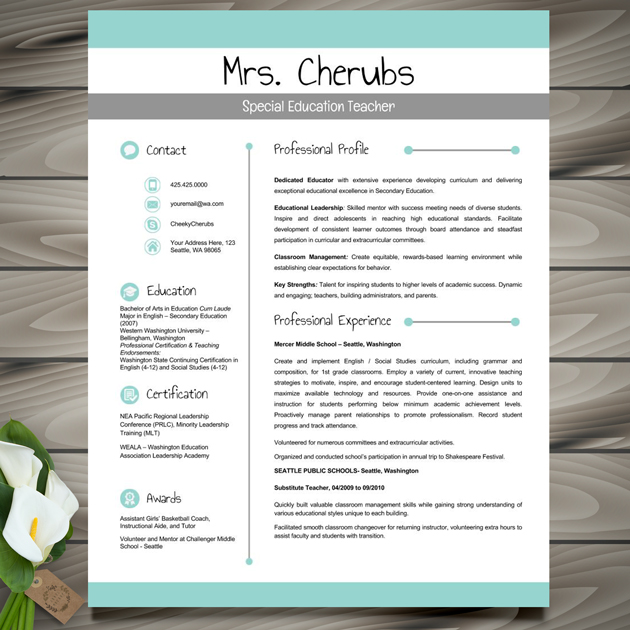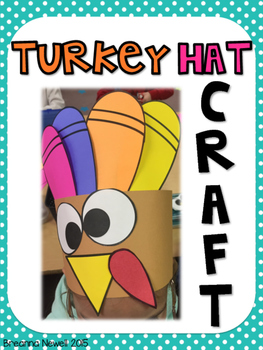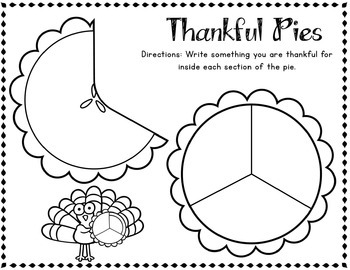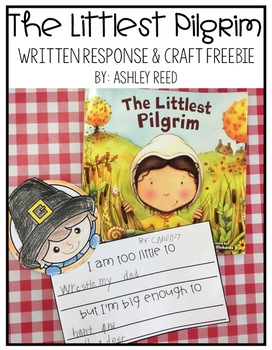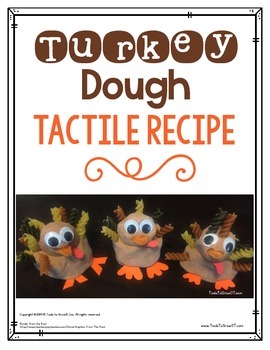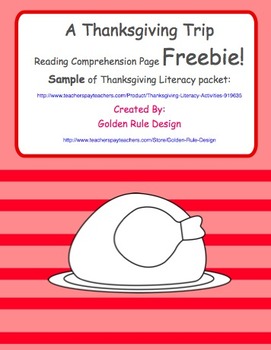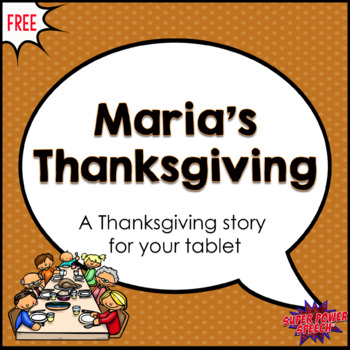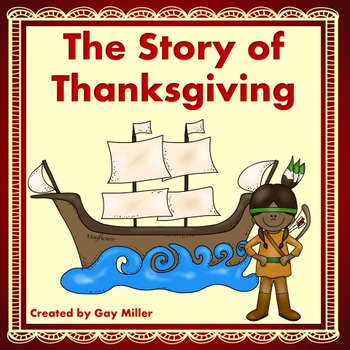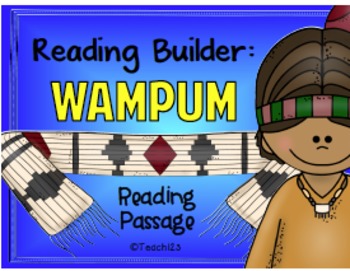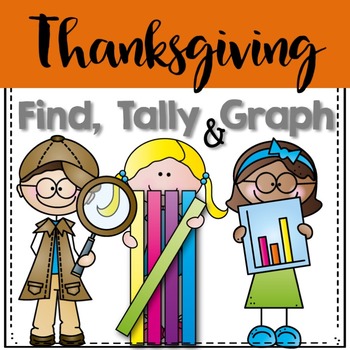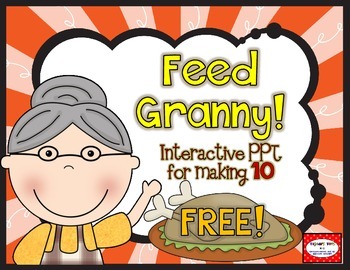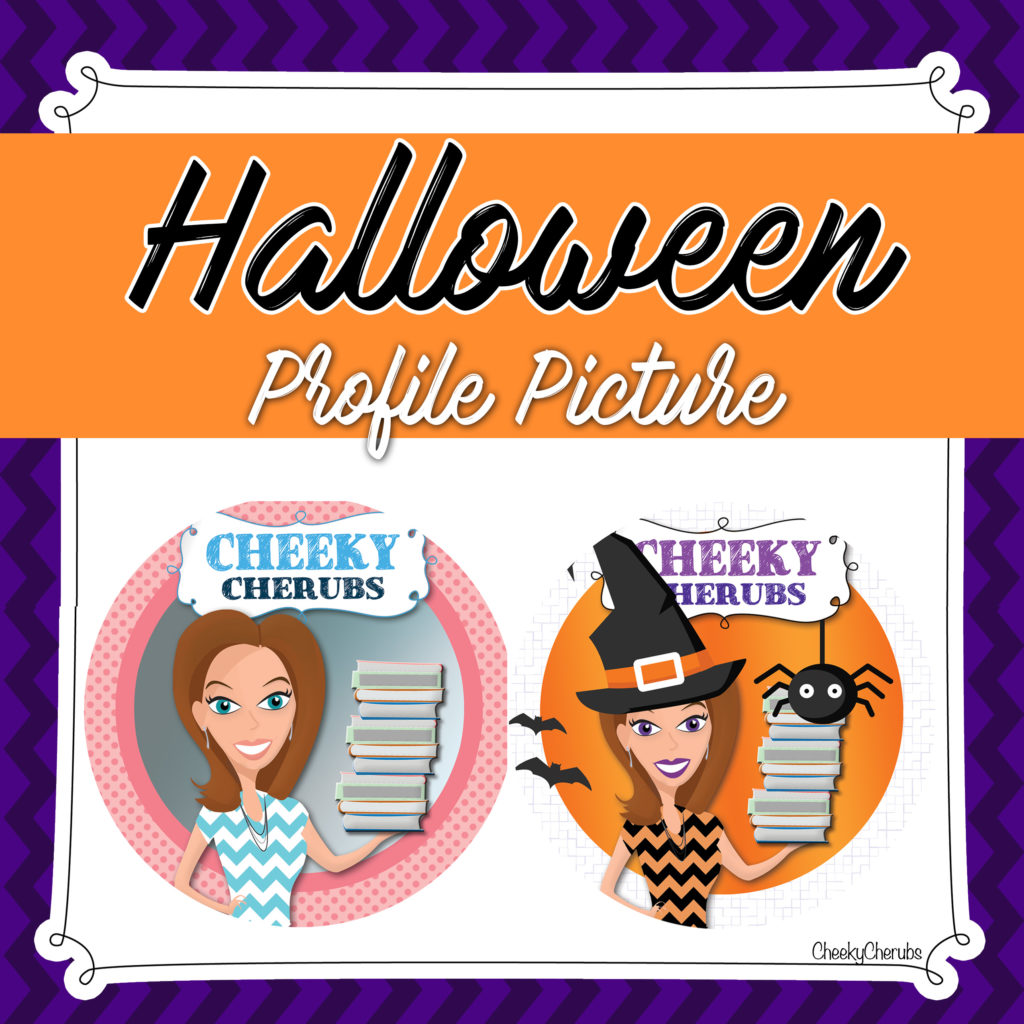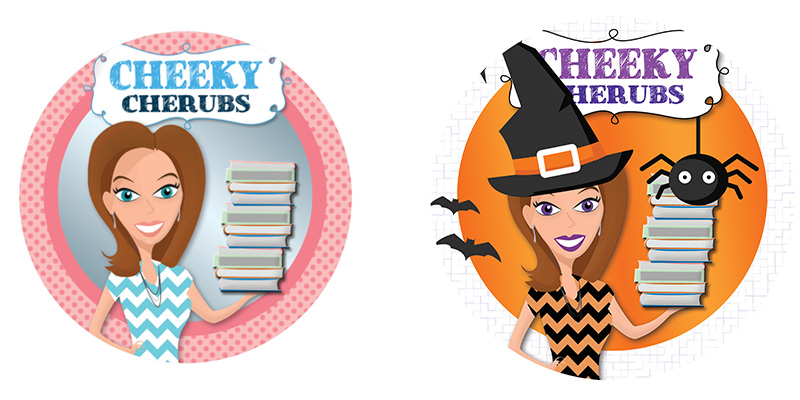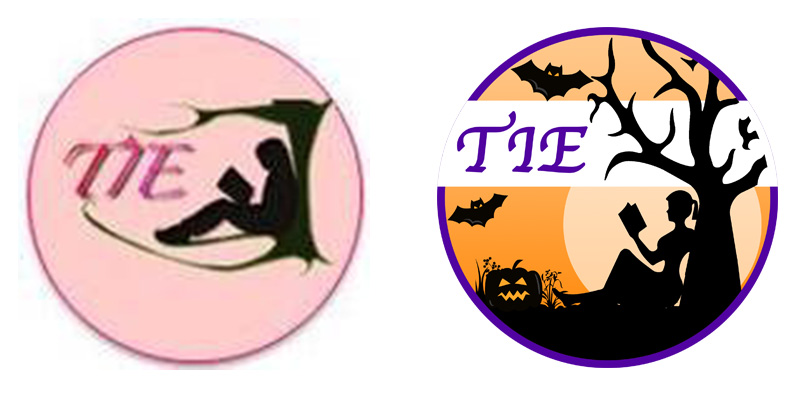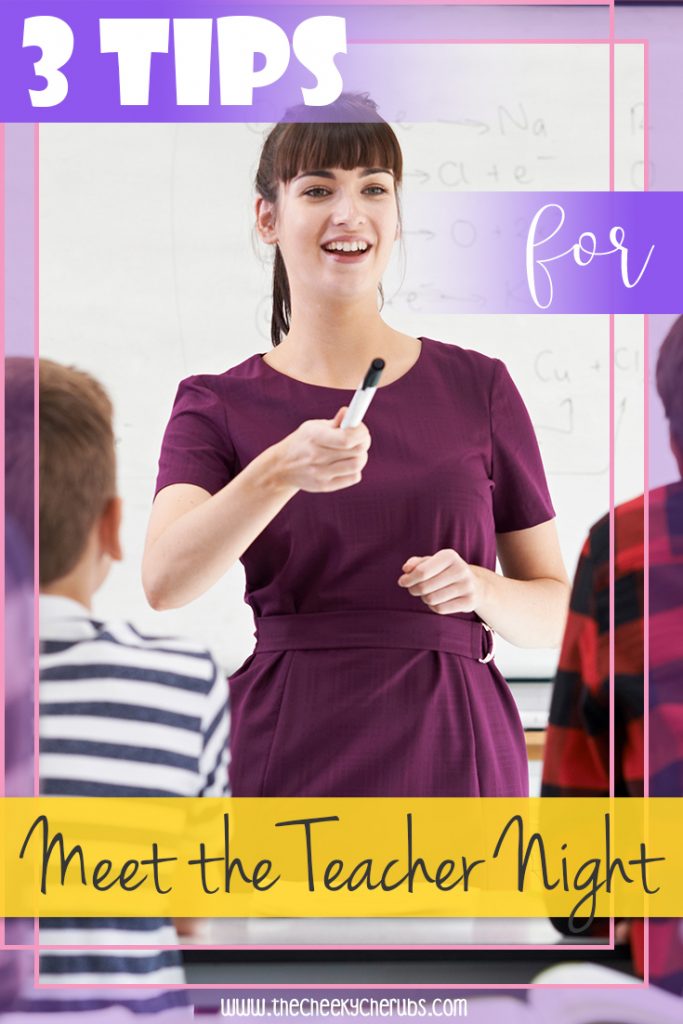
The time of year has come when teachers are soaking up those last days of summer, and using the summer nights to cool off and start planning and adjusting things for the upcoming school year. Not only do teachers start longing for class roster lists, they begin to reflect on last year and how it all went. One of the most important things to plan for before arranging desks and reorganizing every book in the classroom library is deciding what to present to parents and students for Back to School or Meet the Teacher night. Read on for some helpful things to think about when introducing yourself to parents and students!
1. Create a Welcoming Environment
The school itself should of course be ready and open to the public to come on in and check things out–but more importantly, when introducing oneself for Meet the Teacher night it is highly recommended the classroom is also ready and open. Parents and students coming in should not only see the teacher right away to greet them and invite them inside, but also be able to look around and get a sense of what learning will be taking place here, and feel comfortable in the space. A classroom–especially in an elementary setting– is a space where a child spends most of their time and therefore should feel like a second home, where it is safe and consistent. Organized desks and shelves should be easily accessible and labeled so that everyone knows what they’re looking at. Young learners enjoy color and texture, and even music playing while they work. Many students also get a kick out of having a classroom “theme” for the year. Some teachers choose to decorate the room like a farm or a campsite–or even the beach! Show them on that first night how your room will look on a typical learning day when they come in to set them up for success.
2. Important Talking Points
As any parent coming into a new classroom for a new school year will tell a teacher, they know their child better than anyone. They also want the best for their child and they want to feel like the teacher created the environment they are walking into on Meet the Teacher night is one of care, respect, and safety. Make sure to tell parents about yourself–consider having a poster with your picture hanging upright inside the door or on your desk that tell some basic information. Good items to include would be your teaching experience in years and grade levels, What you love about teaching at the school, Sharing about your own family and vacations, and what you like to do with your students for learning and for fun. Having a poster like this hanging allows parents and students to read through it together, talk about any questions they might have for you, and it allows you to continue welcoming people into the room rather than stopping to give a speech to each person. This method will also show you’re a thoughtful manager and respectful of others’ time. Make sure you have business cards with your name and contact information printed out and ready to go for families to keep posted on their fridge. Social media and texting apps have become a wonderful way to easily communicate rather than making phone calls daily, so be open to using those and having those accounts on your card as well.
3. Have Something Interactive To Do
Not only are the families coming to meet the teacher, but the teacher is also meeting the families on Back to School night. Being thoughtful about gathering information about Parents and Students on this night can set you up for great relationship building. Use your bulletin board to have parents write post it note messages to students for the first semester goals or have them fill out a short wishlist for this year to leave on their desk for you. Designing welcoming first day of school activities can be easier with the information you gain on Meet the Teacher night. Have signs around the room inviting children to explore the books or games. Even a “Guess How Many Pencils” in the jar game is a great way to make a memory of meeting their new teacher. to Have stations set up for school supplies to be dropped off and sorted. Also, consider having students leave with a memento from you, like a friendship bracelet or coloring sheet to bring back on the first day.
These tips are just some of the important things to consider when you are using the waning summer nights to plan your Meet the Teacher Night for the upcoming school year. Take the time to get your room ready so that you’re comfortable welcoming families into it on that first night, and make a great first impression.


